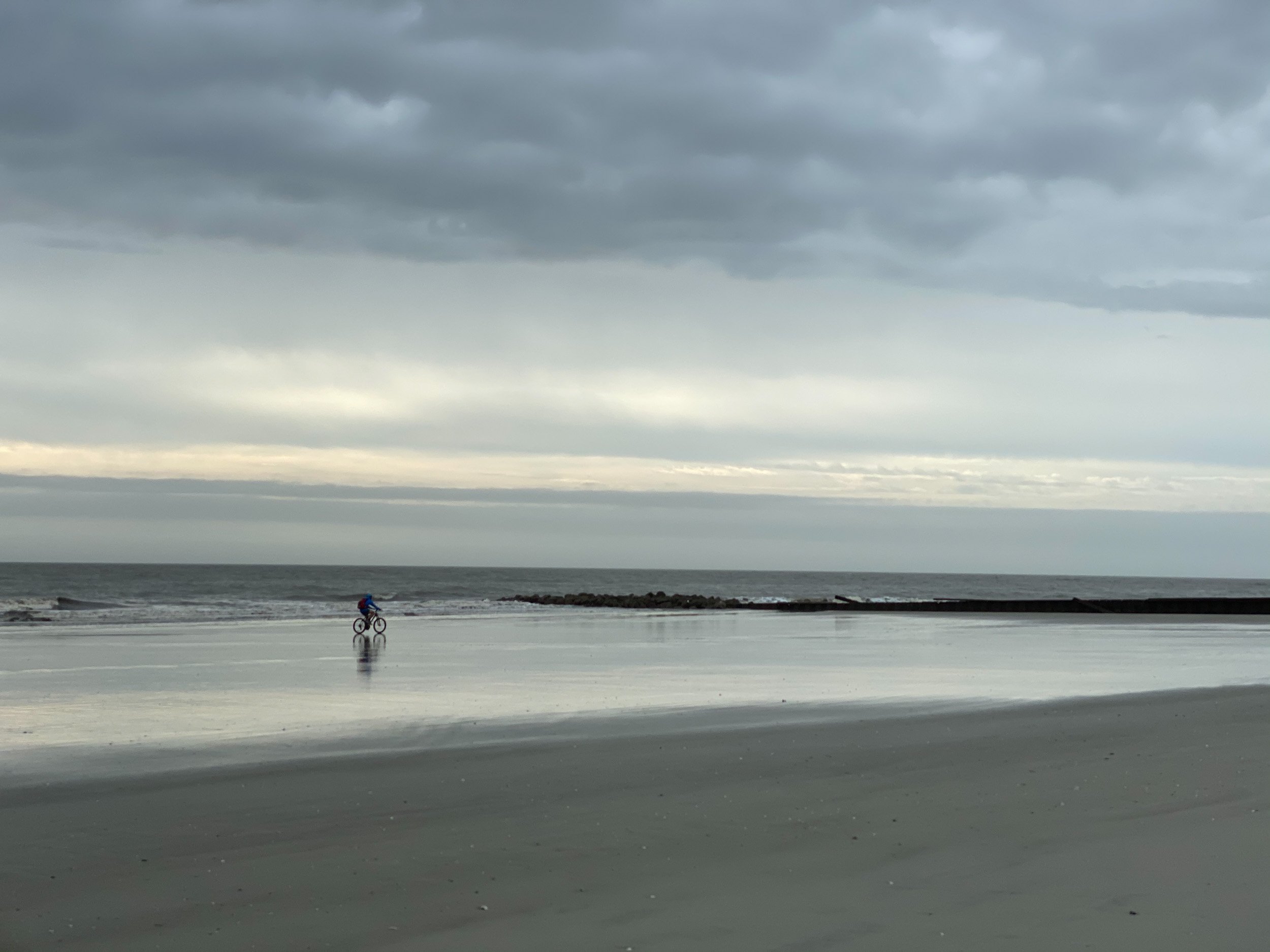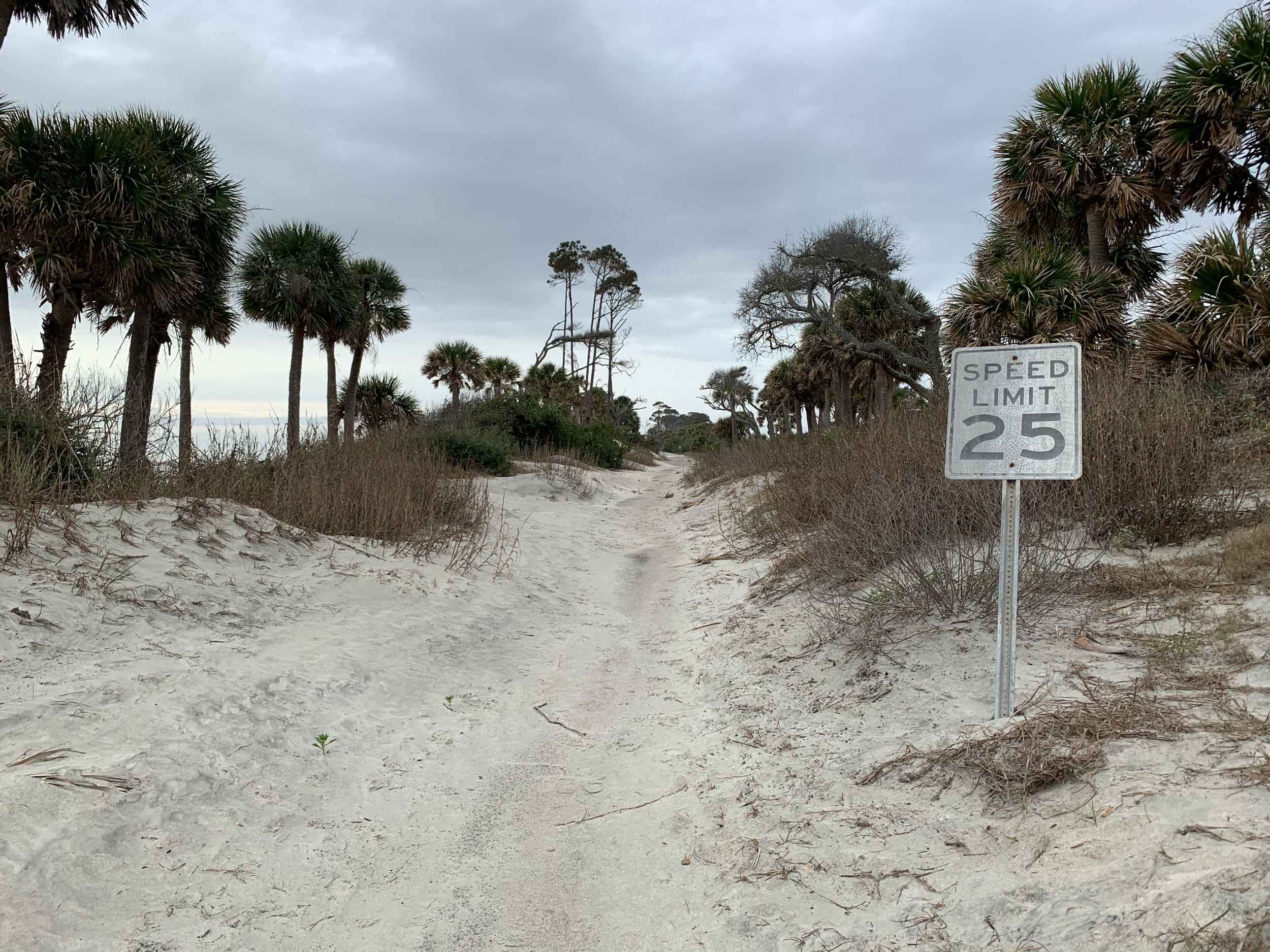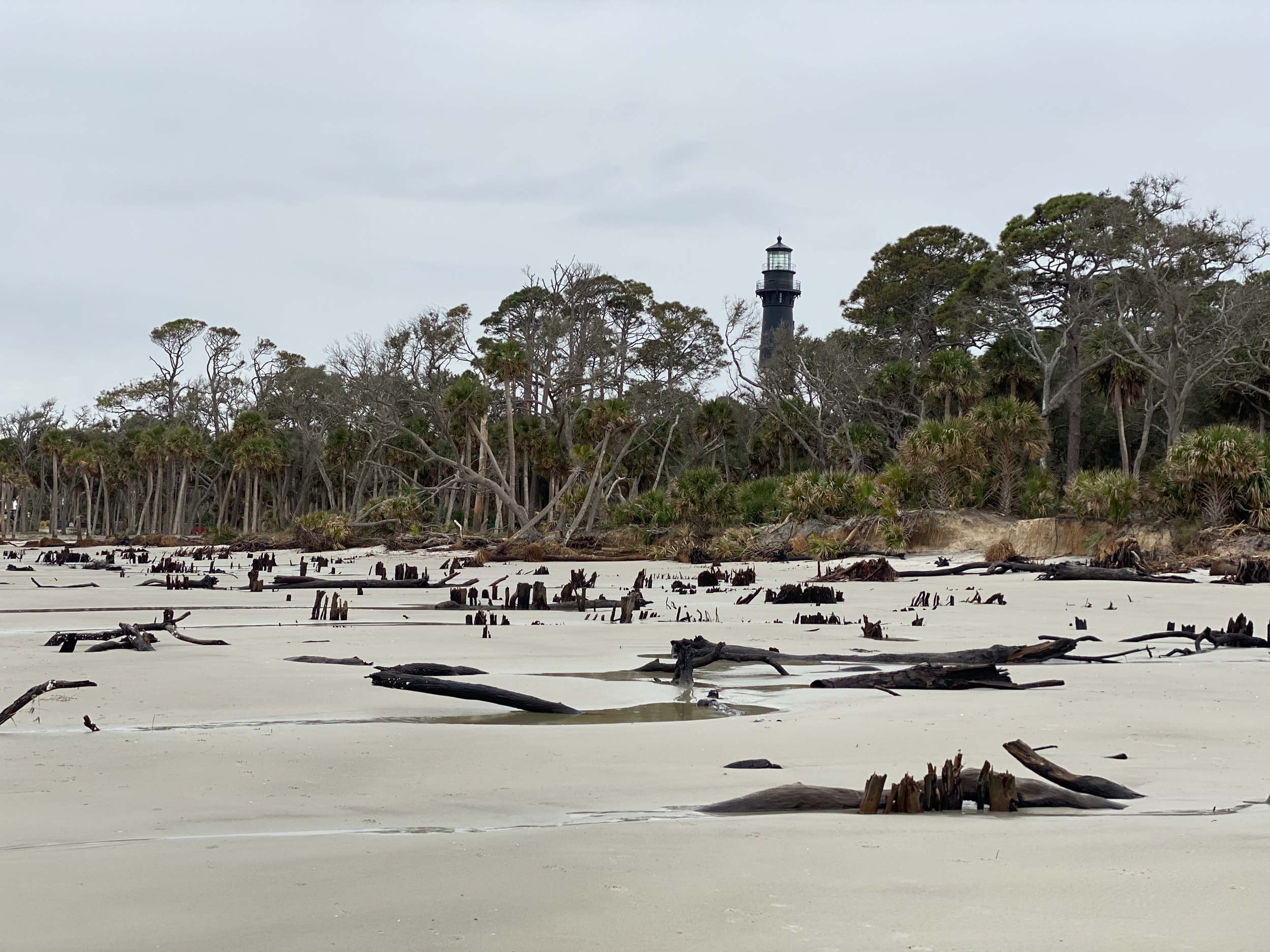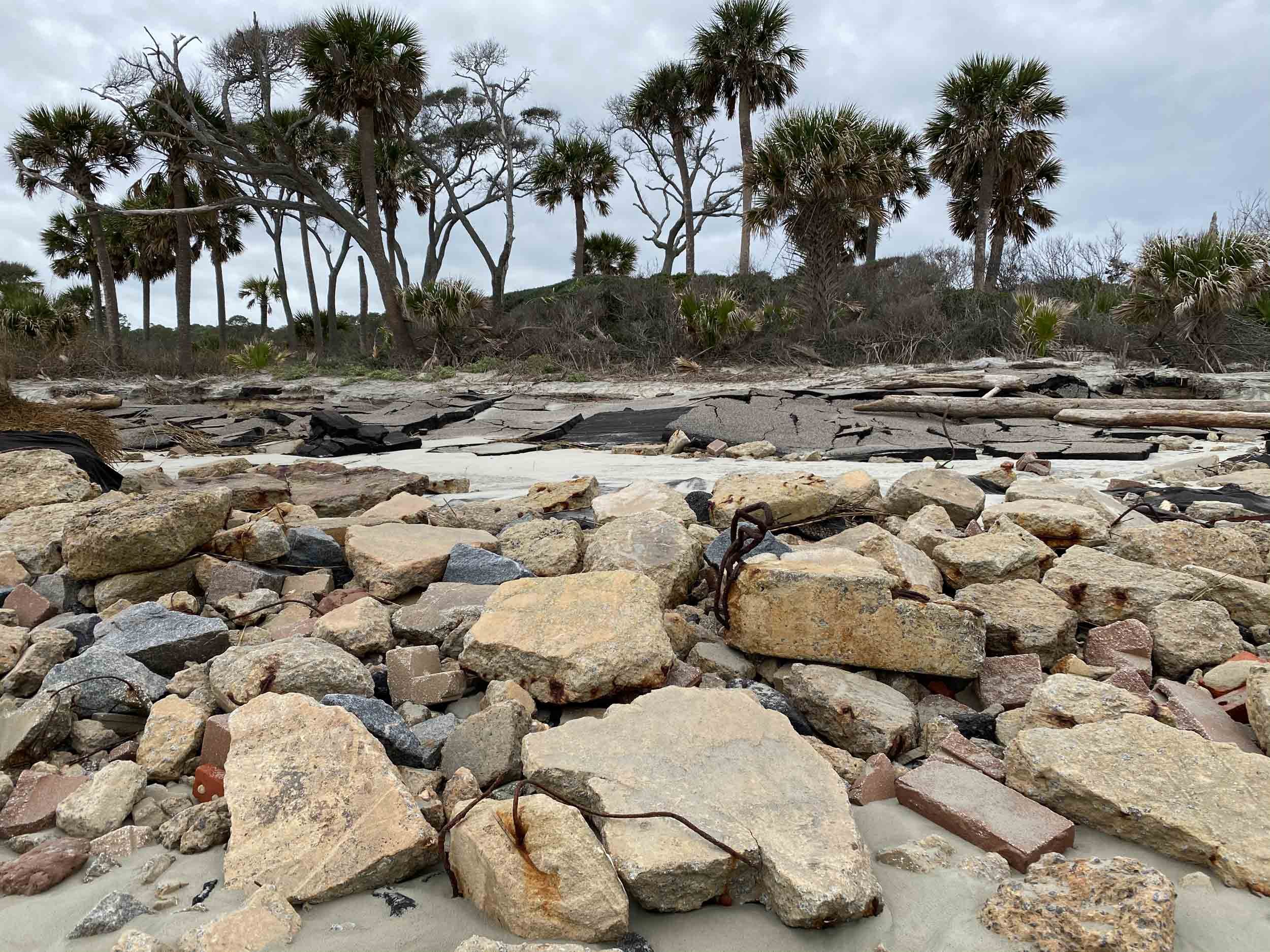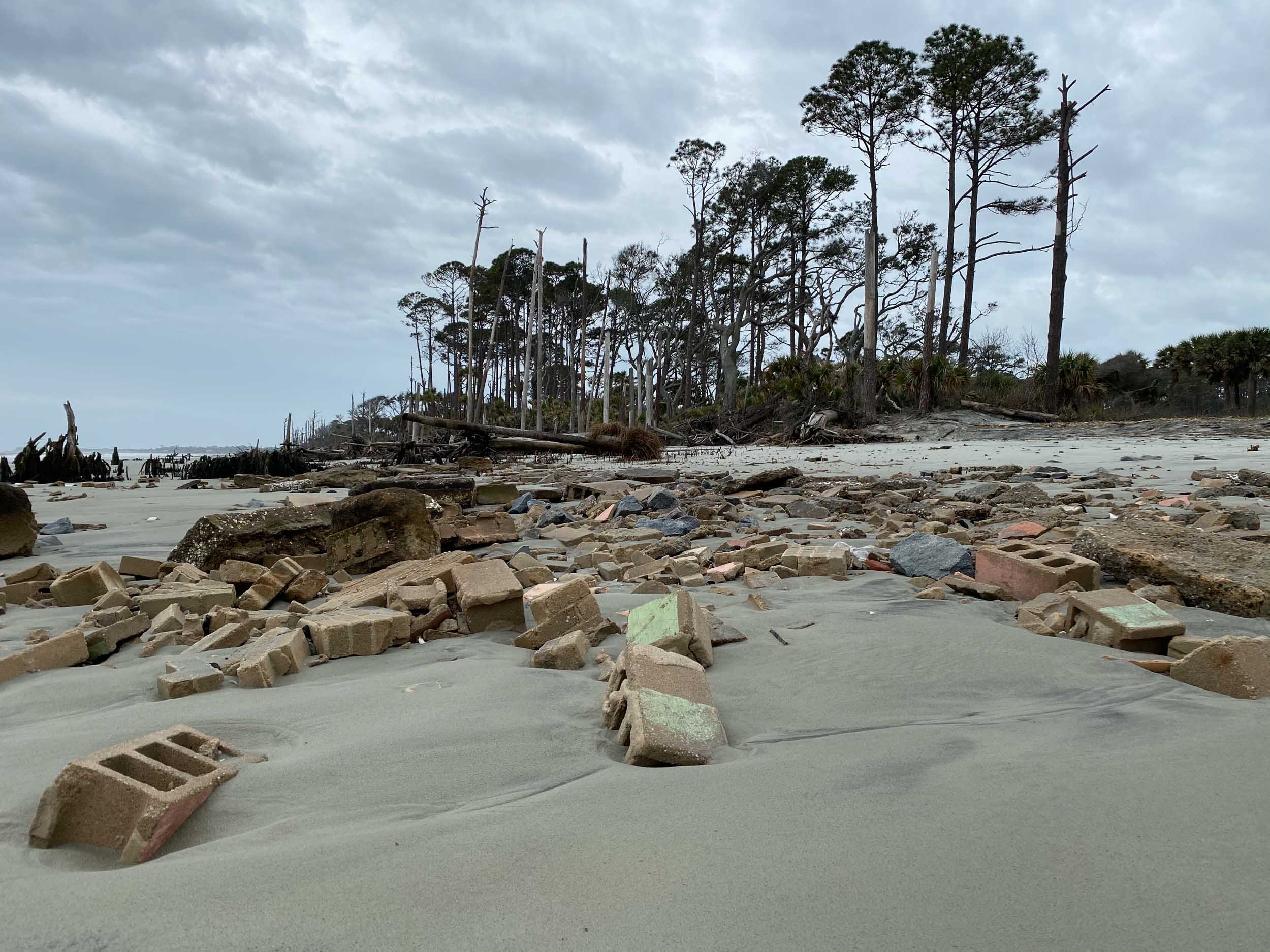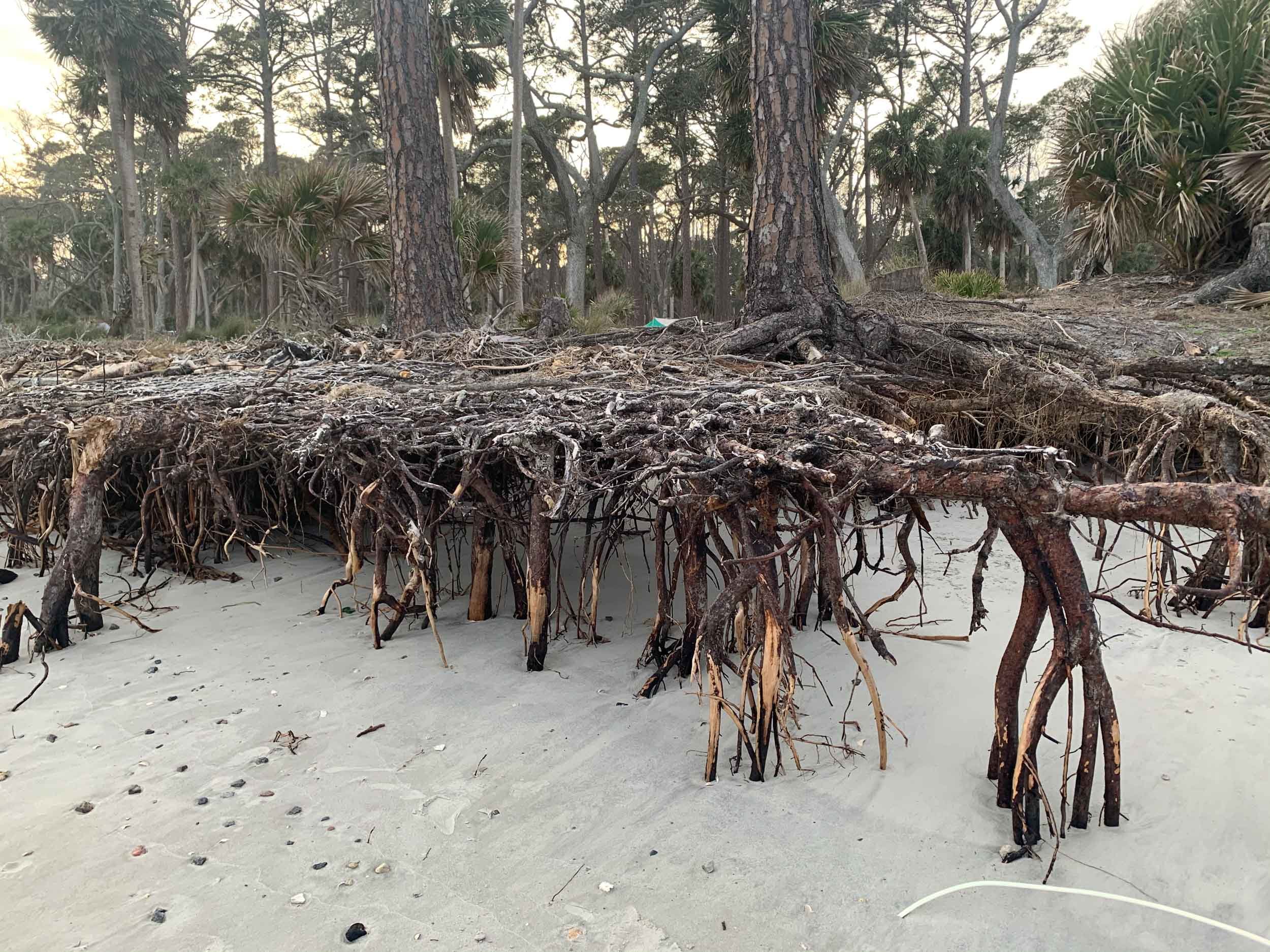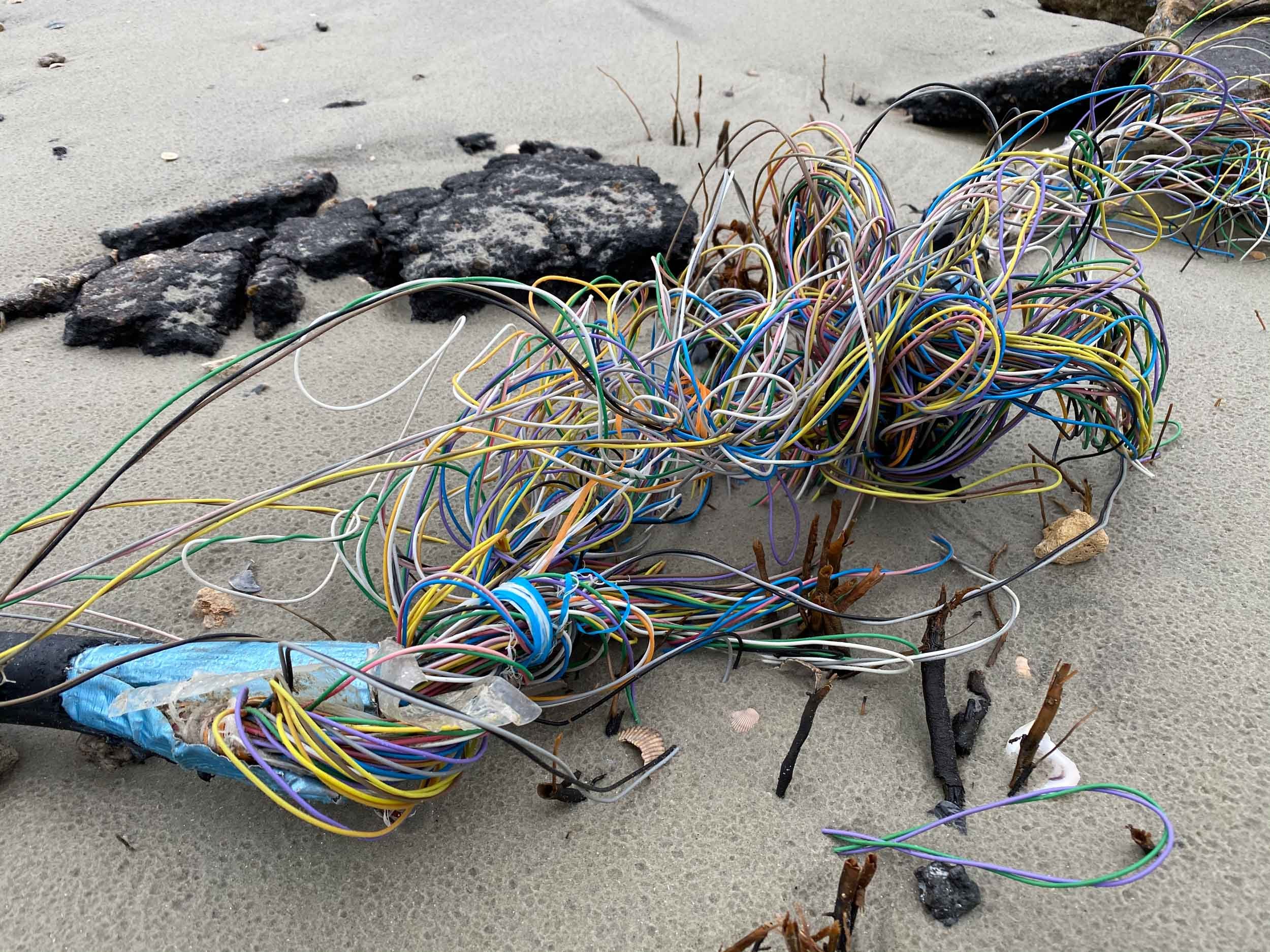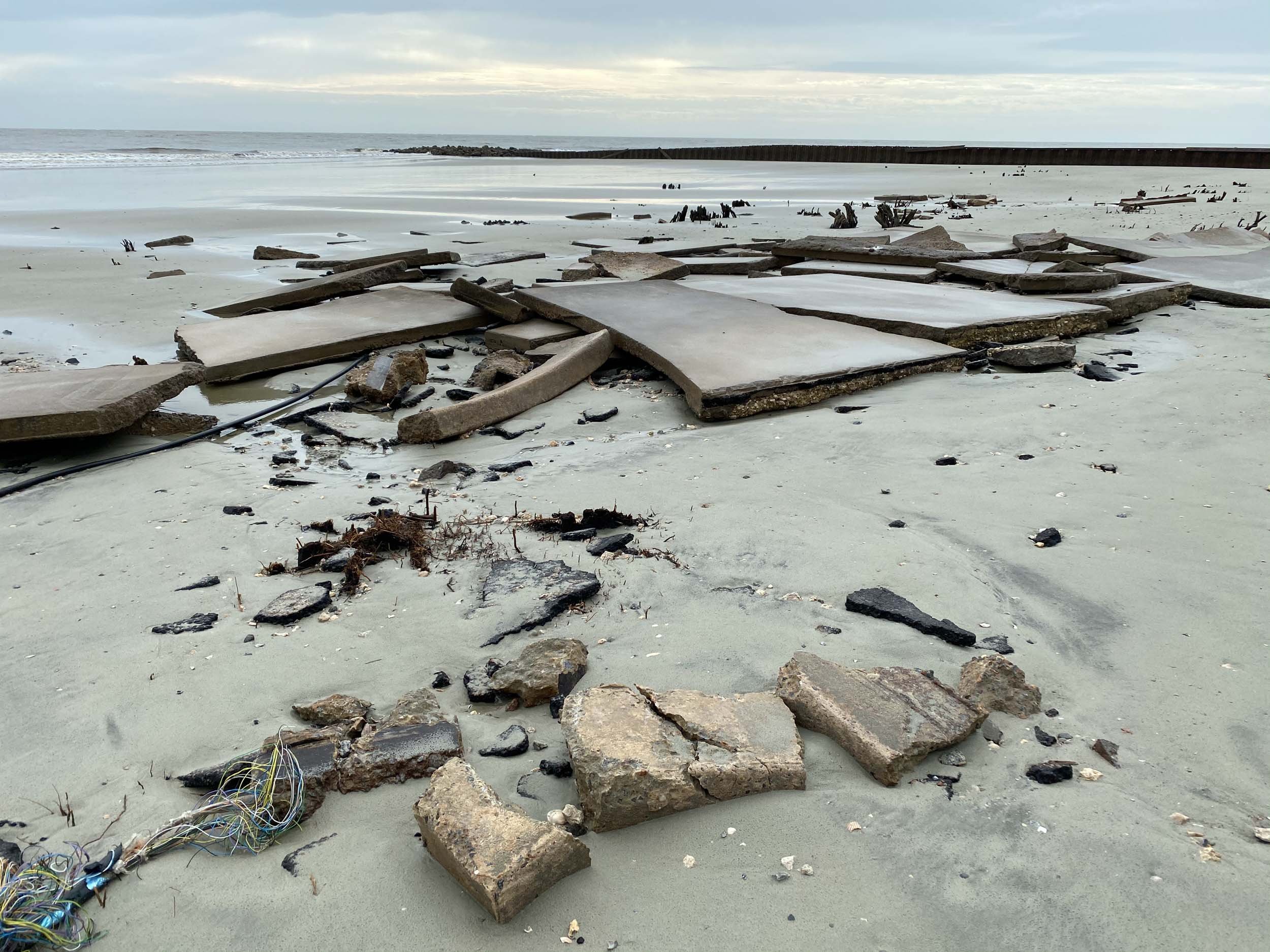February 2020
Dear Texas,
I’m not sure when I fell in love with you. But I did--unintentionally and head-over-heels. Was it the first time I heard “Yes, ma’am” when I asked a question? The answer came with an earnestness that made me feel like a visiting dignitary, and the young man replying to my request for directions straightened his posture and brought his feet together as if he were standing at attention.
Or was it late on a sunny afternoon when we drove past a quartet of zebra grazing by a ranch fence stretched along a state highway? Maybe it was my first glimpse of Galveston Bay, a waterway that’s home to a concrete shipwreck dating back to 1922. Perhaps it’s the pride your citizens take in their state, shown by the state flags planted at the end of driveways, plastered on oilfield pick-up trucks, and staked in front of RVs at campgrounds. That single white star on a field of blue gives you the nickname, the Lonestar state, and is also a reminder that before you joined the Union, you were once an independent nation. Or maybe it’s the dizzying number of historical highway markers — more than 17,000 — that recount the founding events and legendary actions of your beloved inhabitants.
I do know, dear Texas, you’re not what I remembered. When we first met back in the 1970s, I was crowded into the back of our family’s Kingswood Chevrolet with my siblings on a spring break road trip. In a time before seat belts and safety features, the six of us were vying for elbow room and breathing space on the two rear bench seats of our gold-colored station wagon. As we traveled, my nose was buried in a book, so I didn’t drink in your wide-open spaces, but I remember the heat.
We got reacquainted two years ago when I rode through your panhandle one evening at dusk with my husband. On that trip, you, Sir Lonestar, were just an overnight stay on our way to the Grand Canyon. Joe and I watched the sun-bleached blue horizon fade away, then turn inky black before the night came to life with mile after mile of synchronized red flashing lights. The warning beacons on acres of windmills were mesmerizing and otherworldly, as if the mechanical giants were beaming a message into outer space.
We stopped that night at an RV park near Amarillo. The park’s bath house door was equipped with a sign reminding guests, “No Guns in Restrooms.” I remember wondering two things: Why would you need a gun? and When can we leave?
But we did return. This time, we traveled 1300 miles from Port Arthur to El Paso, with stops in Galveston, Padre Island, Big Bend and the Davis Mountains. On our trip we caught sight of fleets of pelicans fishing in the Gulf, a bowl of roseate spoonbills feeding in a wetland behind a wastewater treatment plant on Mustang Island, and a pack of wild horses running along a dry riverbed beneath I-10W. We sipped tea with a German couple camping their way across the country, chatted with an amateur astronomer trying to photograph one of Saturn’s moons, and listened as a Galveston-based waitress recounted her post-hurricane animal rescue tales. Texas, you are so many different sights, sounds and experiences, and our journey was just a slice of what you have to offer. Within your boundaries I came to expect the unexpected.
We left our last campsite in the Davis Mountains so early in the morning that the sky was still a star-studded array. As we traveled north on state highway 118, the darkness faded. We lost the stars as the pale dawn light crept over the horizon and cast the mountains in relief. First trees appeared, then rounded hills covered in yellow grasses before the soft morning light turned a rosy pink, signaling our last morning within your borders. During that one-hour drive up to I-10, we were the only travelers on the road, as if you arranged a daybreak performance for us as a parting gift.
Thanks so much for a memorable month,

